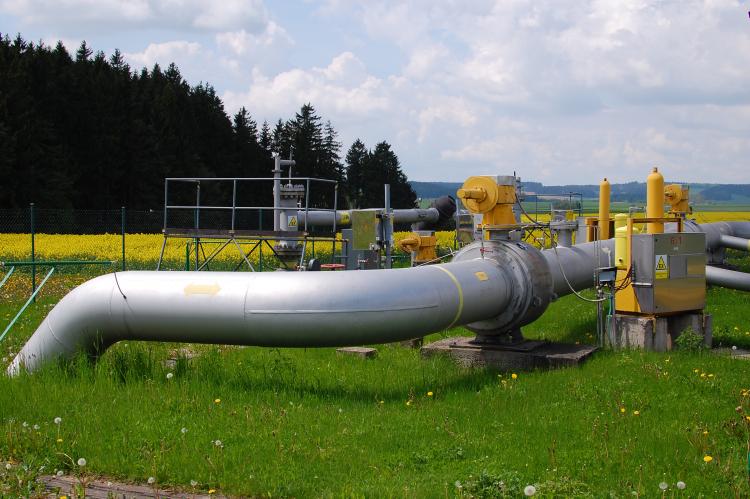Integrated Safety Concept of DVGW in Terms of Statistical Verification of Incidents

The guarantee of a high safety standard of the gas infrastructure must be the highest goal of economic and operational action within the framework of proceeding national and European regulation and the organisational changes interrelated in the companies [1].
At the beginning of the 1990th DVGW, the German Association for Gas and Water, developed an integrated safety concept and thereby set a milestone for the evaluation and reduction of incidents and accidents in the German gas infrastructure. The basis for the development of the cause-oriented tool box was the statistical analysis of data coming from the incidents and accident statistics of DVGW. By means of this precise technical and process improvements as well as further trainings and awareness campaigns could be developed and introduced which have led to a high safety level within the German gas infrastructure.
In 2011 the damage and accident statistics were made state-of-the-art according to Section 49 of the Energy Industry Act by the publication of a code of engineering practice (cf. DVGW G 410 “Bestands- und Ereignisdatenerfassung Gas” - Registration of Asset Inventory and Incident Data of Gas Infrastructures). This makes the application of the code mandatory for all gas infrastructure operators. The data are published annually on an internet portal or interface (cf. GaWaS.strukturdatenerfassung.de).
Initial results of the data evaluation for the years 2011 to 2014 are presented in this article.

